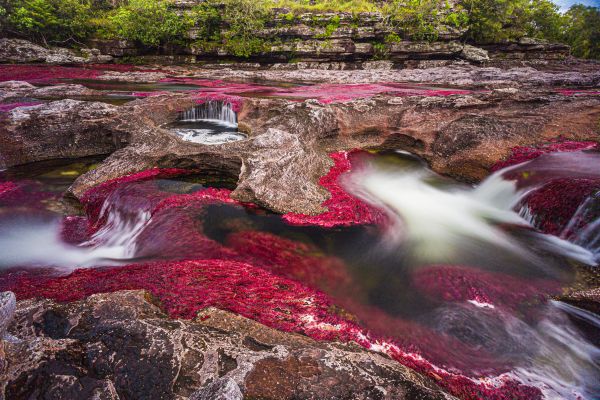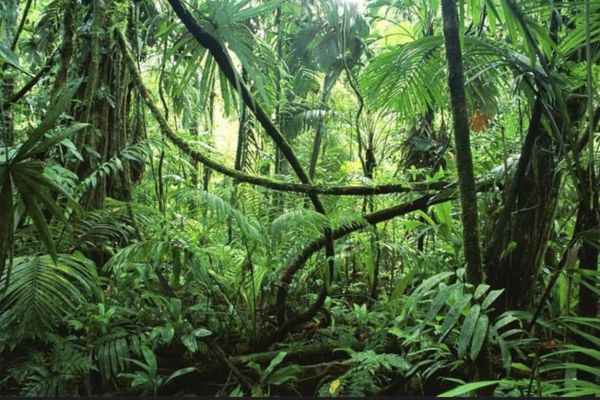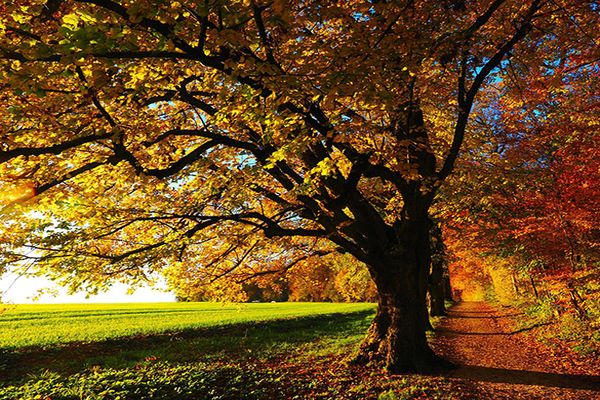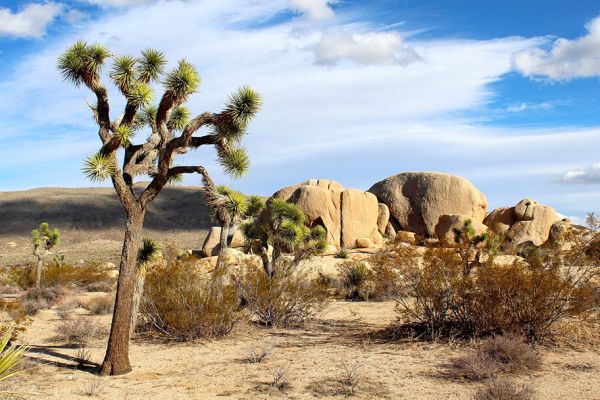Green survival strategies
- POSTED ON: 22 Jul, 2022
- TOTAL VIEWS: 203 Views
- POSTED BY: Katie Bagli| Article by Madhuvanti S. Krishnan
- ARTICLE POINTS: 150 Points
Plants live secret, unseen lives. They are capable of forming mutually beneficial relationships with animals, but can be as aggressive, competitive, and dramatic as other living beings. Learn more about their battles and ingenious survival strategies.
Water worlds
Water plants create some of the most beautiful, bizarre, and important habitats on Earth. To hold on in torrents, plants use a kind of superglue. Some are armed with vicious weapons to fight for space, like the giant water lily. It is well-armed, and makes space for itself by wielding one of its buds like a club, after which it dominates the surface. Yet other plants, form perfect spheres and escape enemies by rolling. Where nutrients are washed away, plants lay traps and hunt animals.

Brilliantly coloured flowers smother lakes. One example of this is the Caño Cristales river in Columbia and is home to a plant called the Red Macarenia which is also called the Orchid of the falls. They cling to the riverbed, not with their roots, but with their stem, glued to the rock surface by one of the most powerful adhesives in nature.
But being rooted in the spot is not always the best strategy for living in the water world. Take the water lettuce, for instance. Its roots hang free, and so it is not anchored to the ground. Its leaves are thick and spongy, and covered in fine hair. So, the plant itself is more or less, unsinkable.
Tropical worlds

Different kinds of plants are crammed together in the tropical rainforests. Rainforests cover only a very small proportion of the Earth’s surface, yet they contain over half of all known species of animals and plants. The branches of great trees are rich, flourishing, sky-gardens, home to countless plants that compete ferociously to claim light. The battle is at its fiercest on the forest floor, where only two per cent of the sunlight filters through.
Opportunity comes when an old tree dies. When that happens, sunlight floods the forest floor, and seedlings on the forest floor race skywards to come up with their own survival strategy. Take the Costa Rican rainforest for instance, which is home to over 5,00,000 species of plants, trees and animals. This bio-diverse landscape turns into a battleground when a tree finally falls. The monstrous Balsa, the fastest growing tree here is one such example, and can grow up to 200 feet in height.
The battles also extend between plants and animals like the one between leaf-cutter ants working with a fungus called Leucoagaricus gongylophorus. While the ants bring leaves to the fungi underground, it in turn creates mushrooms that they can eat.
Seasonal worlds

The region between the tropics and the frozen poles is dominated by four seasons; each presenting a challenge. To survive, plants in these habitats not only have to be hardy and resilient but also develop special strategies to meet the demands of changing seasons. They must use deception, remarkable feats of engineering and, most important, get their timing right.The Boreal forest, for instance, the largest forest on earth and is home to 750 billion trees, smothered by snow throughout the winter. Forests here are scattered across contrasting areas where snow and sun rule: like the edge of the Artic Circle, where the land north of it is dominated by snow and ice for most of the year. Then, 3,000 miles to the south, is the Tropics, bathed the year around in warm sunshine. And in between these, is a different world, dominated by relentless change, and an endless cycle of all four seasons. After winter, for instance, the forests start to stir. Throughout the winter, the sugar maple trees have kept stores of nutrients, ready for this moment. As the temperature rises, those nutrients are brought up from the roots.
Desert world

Deserts are hostile territories, yet plants find extraordinary ways to survive. They may grow imperceptibly slowly or travel the landscape looking for water. Others wait in suspended animation for rain to power an explosion of colour. Desert plants protect their water stores by using vicious spines, like the cactus, camouflage or by forging alliances with animals. Plants have invaded the most dangerous deserts on Earth, overcoming salt, fire, and toxic bird droppings to bring life and colour to these harsh landscapes.
Now, here’s a fun game for you based on these plant survival mechanisms. This is a picdoku; just like a sudoku, but with pictures instead of numbers. This game has six trees that survive in myriad conditions and environments. Can you solve it correctly?